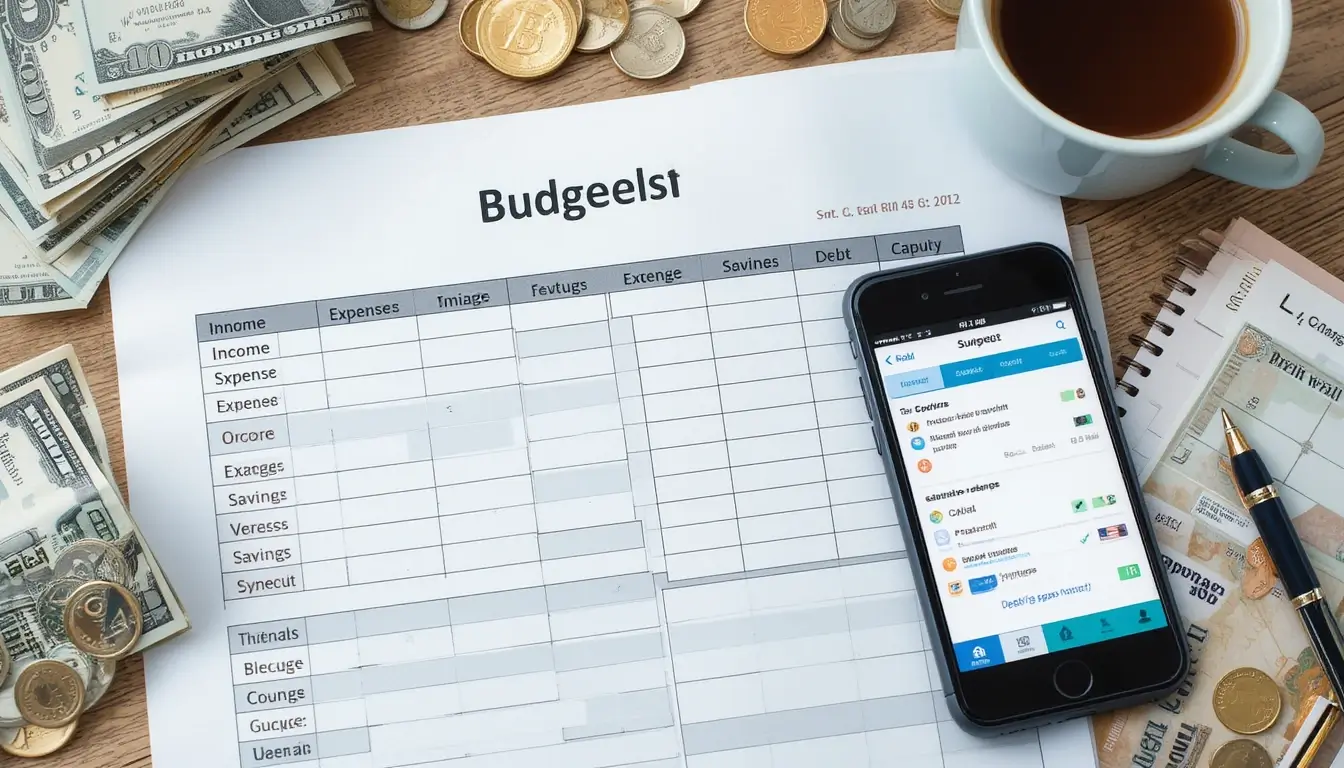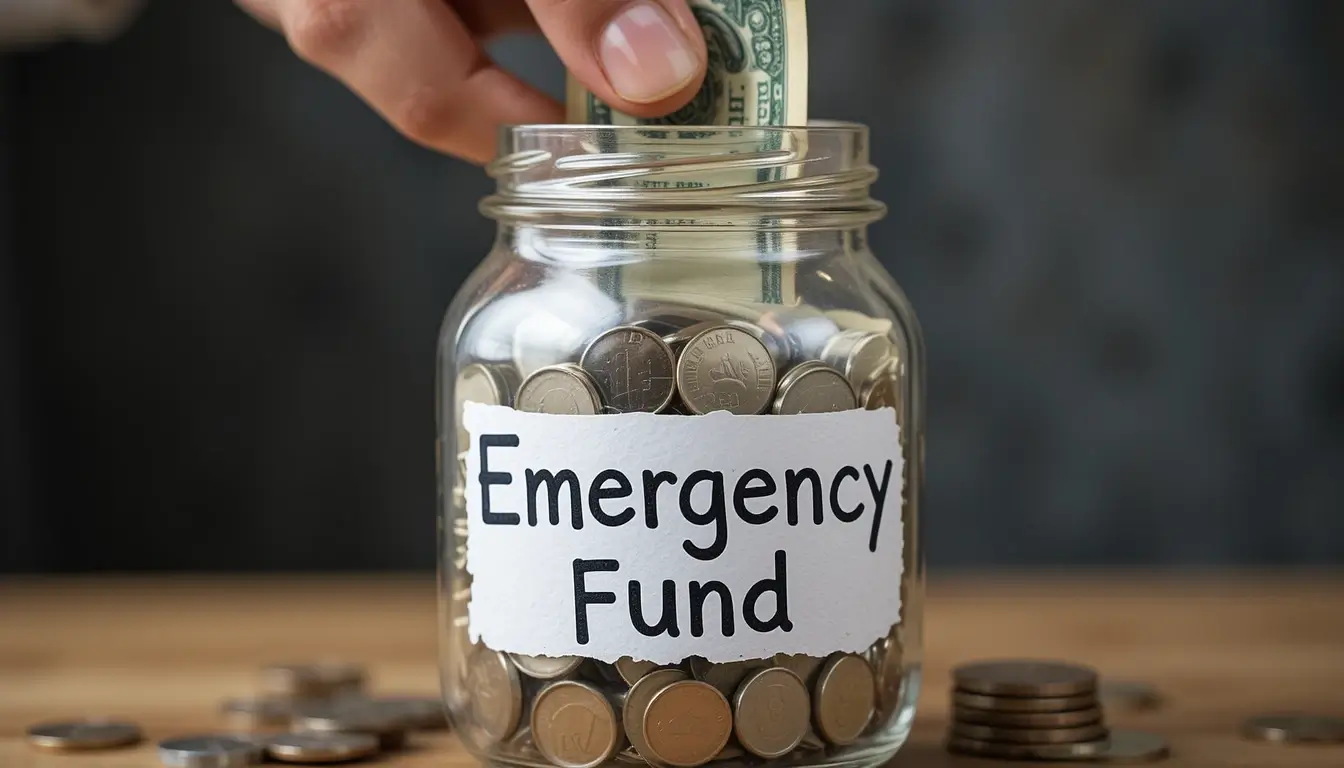How to Stop Living Paycheck to Paycheck
Living Paycheck is a money struggle that is being experienced by millions of individuals across the globe. The repetitive pattern of just managing to pay bills and then waiting for the next paycheck can be tiring. But with proper strategies, anyone can escape this pattern and become financially secure. Here, we will give you pragmatic steps to help you stop living paycheck to paycheck and begin generating lasting financial security.
Break Down Your Finances in Depth
The initial step to ending the cycle is knowing your finances. Look at your income, expenditures, and expenses up close. Follow every dollar for a minimum of one month to see where your money is spent.
- Record All Income Sources – Put down salary, side jobs, freelance jobs, and passive income.
- Track All Spending – Break up spending into essentials (rent, food, utilities) and non-essentials (dining out, entertainment, subscriptions).
- Find Areas for Reduction – Seek out unnecessary expenses that can be cut or eliminated.
Also Read: “The Ultimate Guide to Budgeting for Beginners”
Establish a Realistic Budget
A good budget is the secret to financial freedom. Utilize the 50/30/20 rule as a guideline:
- 50% on Necessities – Rent, groceries, transportation, insurance, and utilities.
- 30% on Wants – Dining out, entertainment, hobbies, and leisure activities.
- 20% for Savings & Debt Repayment – Emergency fund, investments, retirement savings, and debt repayment.
Utilize budgeting apps such as Mint, YNAB, or PocketGuard to monitor your finances and make sure you remain on track.

Create an Emergency Fund
One of the largest contributors to living paycheck to paycheck is not having a financial buffer. Begin by putting away three to six months’ living cost in an account that is separate from your everyday money.
- Begin Small – Save as little as $10–$50 per week and increase it over time.
- Automate Savings – Use automatic transfers to your emergency fund.
- Eliminate Unnecessary Expenses – Transfer funds from discretionary spending into savings.
Get Rid of Debt Strategically
Credit card debt with high interest is the biggest roadblock to financial freedom. Utilize these techniques to pay off debt effectively:
- Snowball Method – Eliminate the smallest debt first while making payments on the others in minimum terms. This provides a sense of accomplishment and encouragement.
- Avalanche Method – Pay off the debt with the highest interest first to reduce overall interest paid.
- Negotiate Lower Interest Rates – Approach lenders to ask for reduced interest rates or merge loans.
Also Read: “40 Genius Ways to Cut Expenses and Save More Money”
Raise Your Income
Reducing expenses is not sufficient. To end the paycheck-to-paycheck cycle, boost your income from alternative sources:
- Ask for a Raise – Study industry wage levels and negotiate a raise.
- Start a Side Hustle – Freelance, tutoring, dropshipping, or selling handcrafted products.
- Invest in Skills – Get online certifications or courses to be eligible for higher-paying jobs.
- Rent Out Assets – Rent out an extra room, car, or equipment to earn passive income.

Reduce Lifestyle Inflation
Most people tend to spend more as their income rises, which makes them remain in the paycheck-to-paycheck situation. Prevent lifestyle inflation by:
- Living Below Your Means – Maintain a budget even when you are making more.
- Postponing Major Purchases – Hold off on big purchases for several months to determine if they are really needed.
- Investing Additional Income – Invest pay increases, bonuses, or windfalls in savings instead of raising expenditures.
Spend Cash and Shun Credit Dependence
Credit cards are convenient for overspending and incurring debt. Instead, make attempts to utilize cash or debit cards for everyday expenses.
- Take on the Envelope System – Take out money for particular categories of spending and quit when you’re out.
- Restrict Credit Card Use – Utilize credit cards for the most important expenditures you can immediately pay off.
Steer clear of Buy Now, Pay Later (BNPL) Schemes – These create the potential to overspend and incur unforeseen financial pressure.
Also Read: How to Save $10,000 in One Year on a Low Income
Secure Long-Term Financial Success
Financial independence takes long-term preparation. Adopt the following measures to ensure long-term financial well-being:
- Invest Wisely – Invest in stocks, mutual funds, or real property to build your wealth.
- Save for Retirement – Save into a 401(k) or an IRA for your future security.
- Set Financial Goals – Establish short-term and long-term financial goals and make a plan to reach them.
Change Your Money Mindset
Most individuals have a hard time with money because of a negative money mindset. Change your way of thinking by:
- Treating Money as a Tool – Utilize it to open doors, not merely to spend it.
- Practicing Gratitude – Treat what you have with gratitude instead of dwelling on what you don’t.
Learning About Financial Literacy – Read books, subscribe to financial advisors, and learn about managing money.
Be Consistent and Flexible
To end the paycheck-to-paycheck scenario is a matter of self-discipline and habit. Regularly examine your financial status and a






